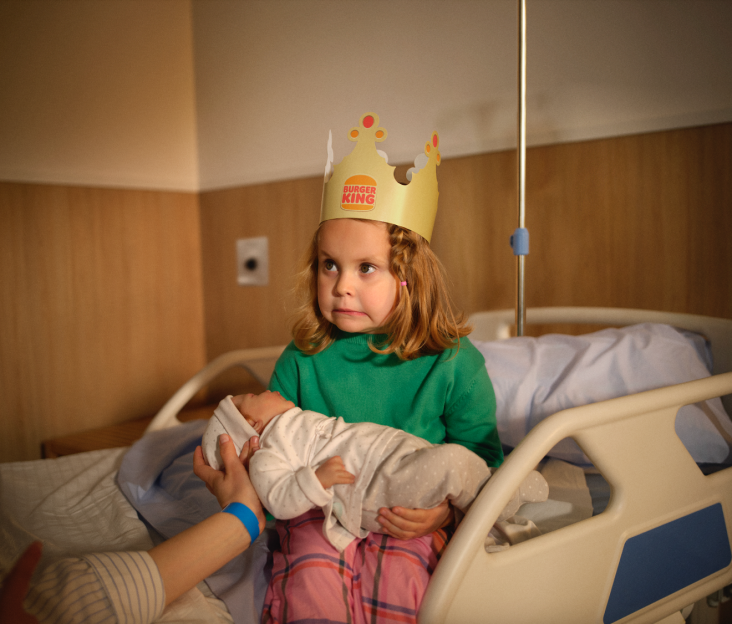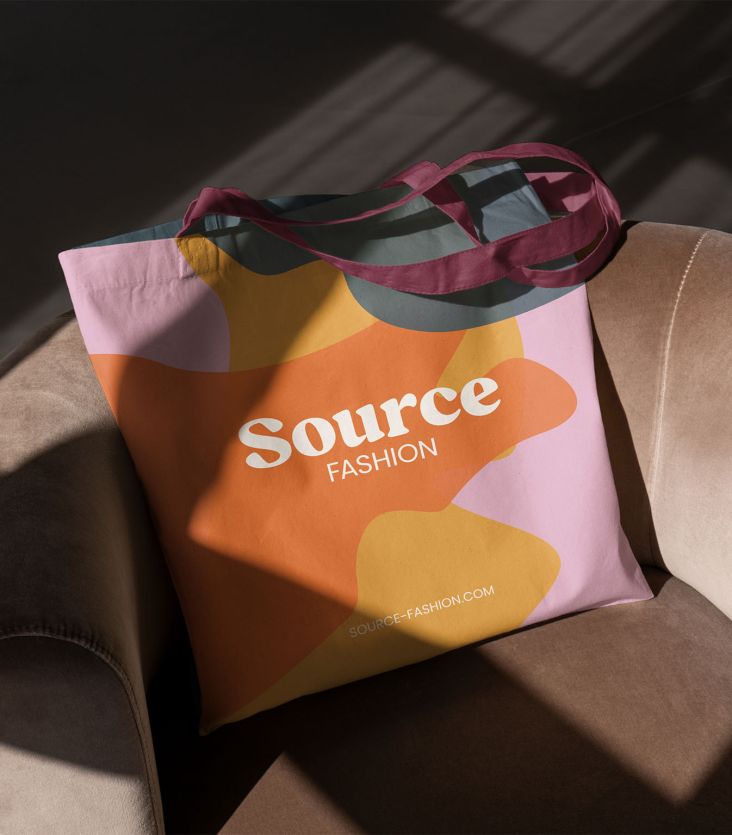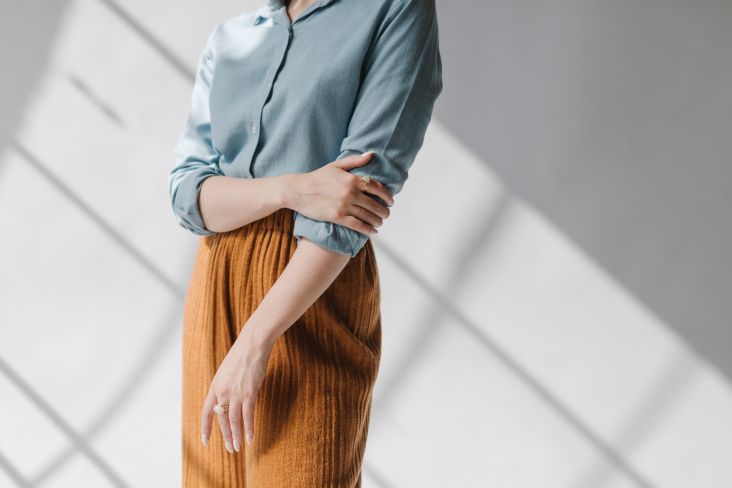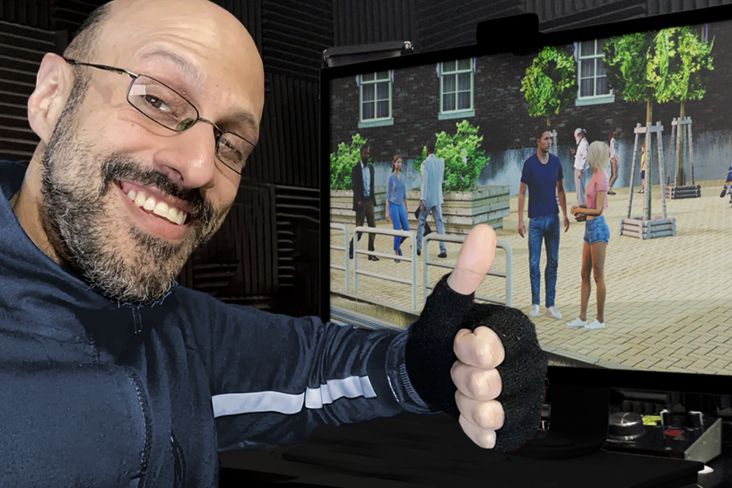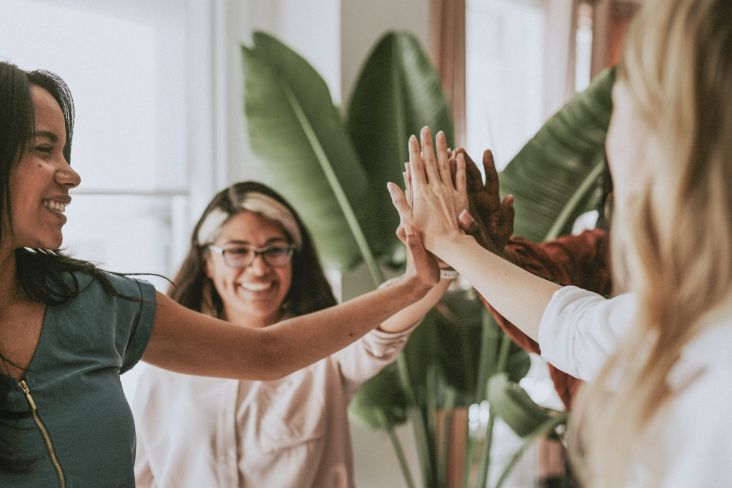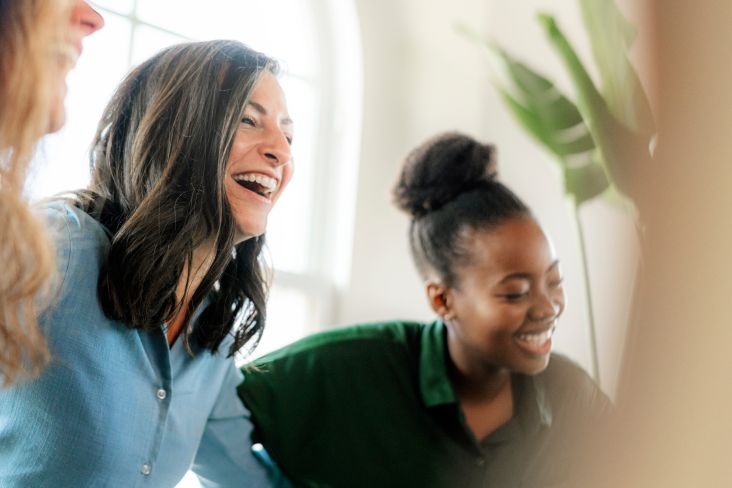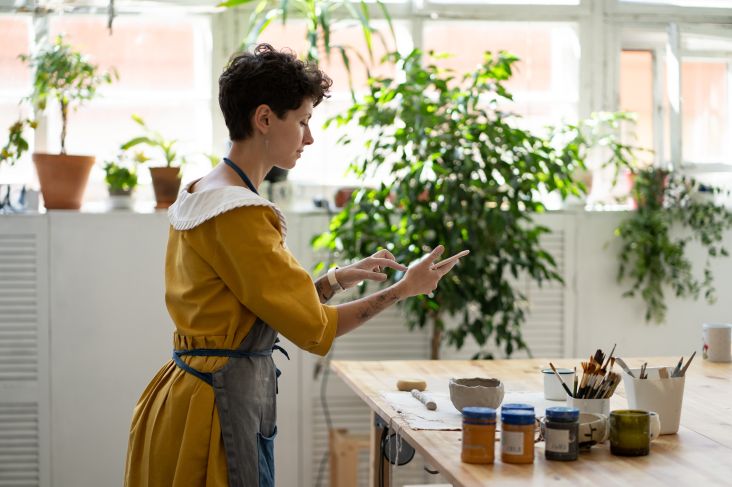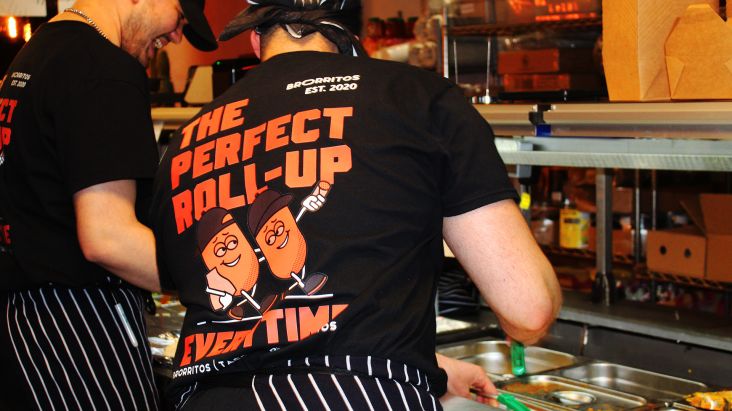How to juggle multiple projects as a creative
As a creative professional, you need to spin a lot of plates. But how do you avoid them all crashing to the ground at once? We elicit the best advice from the Creative Boom community.
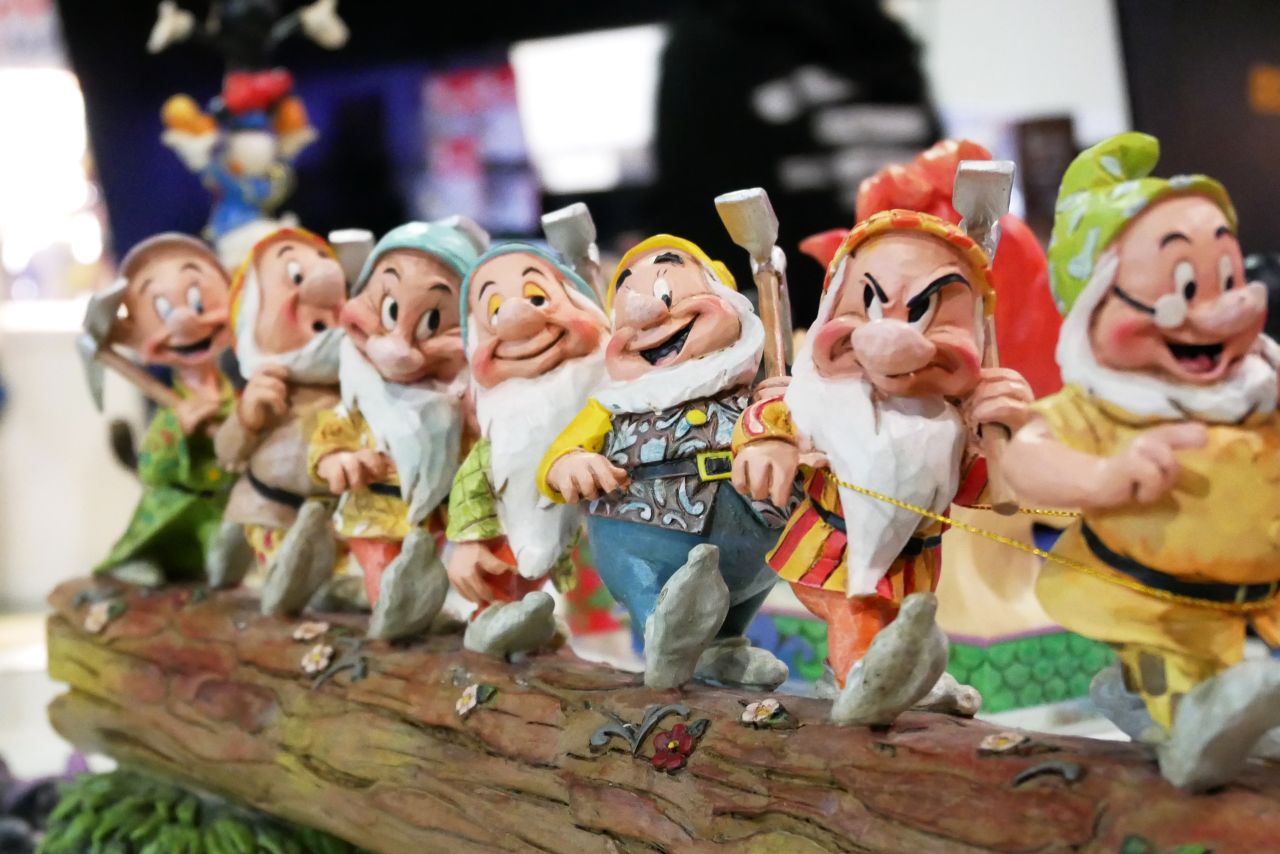
Image licensed via Adobe Stock. Aisyaqilumar - stock.adobe.com
Feeling overwhelmed? You wouldn't be the first creative professional to buckle under the weight of multiple projects. Yet that's no consolation when you're burning the midnight oil trying to get everything done and can't see a way of meeting all the demands people make on you.
When you get into this maelstrom, it can seem like there's no way out. And that's hardly the kind of atmosphere conducive to inventive and imaginative work. Instead, it can result in rushed, uninspired output, missed deadlines, and a lack of time for rest, reflection and personal creative exploration.
The longer this vicious circle continues, the more likely you'll suffer from burnout, neglect your personal needs or those of others, and deliver poor work quality overall.
So what's the answer? How do you strike the right balance and stop work from taking over when balancing multiple projects? We asked the creative community for advice and share their best advice in the article below. Meanwhile, you can read the full discussion on Threads and Twitter.
1. Embrace being busy
If you're feeling overwhelmed by work, it's tempting to step back and take on fewer projects to give you a better work-life balance. And if that's your choice, then we salute you. But it's important to remember this is not the only way to go.
Many creatives thrive on the adrenaline of juggling multiple projects and actually prefer this to the alternative. Copywriter Elizabeth Wilson, for example, says: "Juggling multiple projects is what keeps the spark going! Spending ages on one project gets stale after a while. Switching to something else, especially if it's totally different, reignites everything and gives you a fresh perspective when you return to other jobs."
Illustrator and animator Samantha Curcio agrees. "I personally prefer to be busier and juggle multiple projects at a time because it helps with time management," she explains. "Knowing I only have a certain window to get things done, I can carve out time in my day to smash out or chip away at certain jobs."
Having lots of deadlines, rather than one big one, helps to keep things interesting for illustrator and author Jennifer N. R. Smith. "I'm currently working on three book projects at once, and actually find that swapping between them is refreshing to my creative process," she says. "Working on the same long-term project can bog you down after a while, and you can struggle to see if it's coming together. I find stepping away and working on something different, then returning to a subject with fresh eyes, can reignite that spark."
Illustrator and artist Abi Daker tells a similar story. "I overwork stuff, so multiple projects is a good way to take breaks and review works in progress while I'm in the middle of things," she says.
In other words, there's nothing wrong with juggling multiple projects in theory. In practice, however, it can easily become overwhelming. So keep reading as we discuss real-world ways to avoid that happening.
2. Balance out the stages
One strategy followed by artist Sam Gilbey is to organise things so his projects are at different stages.
"If you're in the final stages of a very detailed illustration and feel like you're losing steam, hopping onto something like a rough sketch for an upcoming project, whether it's a personal or a client one, can be a great way to shake that stress and feel the excitement of possibility once more," he explains. "As a bonus, when you return to the first piece, you can see it with fresh eyes."
UX/UI designer Maxime Adrichem agrees. "For me, the only way to multitask is if these projects are in a different phase of the double design diamond," she says.
3. Give each project equal attention
As well as separating out your project start times, you also need to make sure each one is getting the attention it requires.
Obviously, we're all human, and there are certain tasks we enjoy doing more than others. And if that applies to project X, then it's natural to keep putting off work on project Y until you're "feeling it". Unfortunately, in reality, we may never be feeling it, so you have to ensure you schedule enough time for said project and force yourself to do the work.
"I try to focus on one project each day so that the context switching is not too burdensome," says product designer and developer Dario Stefanutto. "If I can't do that, I allocate the morning to a project and the afternoon to another."
4. Plan ahead
Ultimately, the key to multiple projects lies in looking ahead. As the saying goes, "If you fail to plan, you're planning to fail".
This might not sound like the most original advice, but in practice, how many of us actually follow through? Creative people especially hate to plan because it feels like you're sucking out all the fun and spontaneity of the process. But where's the fun in getting stressed later in the process when you're scrambling around trying to do too much in too little time?
Instead, says illustrator Vickysworld, "I make a list or plan so I know what you need to get done by a specific point. Most projects have check-in points with the client, so ticking off achieving these feels really good and keeps me motivated. I also make sure to schedule exercise and breaks, knowing there's a treat at the end."
That said, in the real world, nothing goes exactly according to plan. So, as Laura Palmer, creative director at Palmer Owen says, "Being flexible is key. If I have lots on including a time-heavy project, I get the smaller jobs out the way first so I can give the time needed to the larger project. Planning in set times for each job and keeping the client updated over achievable completion dates helps."
5. Look after yourself
We all have to work to live, but that doesn't mean your life has to become your work. So strike the right balance, build enough time for leisure and relaxation, and above all, look after yourself. Otherwise, all the sophisticated planning in the world won't help you meet your deadlines with work you're truly proud of.
Of course, that isn't always easy. "Currently, I am handling six different art projects simultaneously, and it can be challenging to avoid burnout," says artist and illustrator Chloé Siân. "But I know that taking breaks regularly can help prevent burnout from occurring too quickly. I find that listening to music while drawing helps me get more focused on my art and block out any distractions."
Designer and illustrator Bridget Hoadley also makes sure she blocks out time in her calendar for time out. "Boundaries and what I do with the time spark creativity for me," she explains. "This gives my mind a bit of breathing room."
Photographer Mike Curry adds this advice for when deadlines are tight. "Get eight hours of sleep, even if it means going to bed very early. Avoid alcohol completely. Try to take public transport wherever possible rather than drive. And work downtime into your schedule to avoid burnout." And designer Vincent Walden adds: "Only allow work emails to go to one device and make sure that device is out of sight after 6pm."
Of course, what you do in that downtime also makes a difference: getting involved in a flame war on social media, for example, is unlikely to help. So, as artist Simon Buckley says: "Remember to do things for yourself that feed your soul. Step away and find inspiration and calm."
The right balance believes artist and designer Laura Mowbray, involves a mixture of "movement and sleep, fun with friends, and a disciplined schedule of priorities. Then allow for this to be a little messy."
6. Use productivity tools
There's no reason you can't plan your projects on paper, and many creatives we know prefer to do so. But it's always worth trying out the latest productivity tools because they can often considerably speed up some of the more mundane aspects of our work.
"I use project management tools such as Asana to help streamline everything: admin, comms, approvals, and so on," says Bridget. "I use lots of automation to give me more time to do the job and less time fluffing around with admin." You'll find some great recommendations for productivity tools in this list.
7. Learn to say no
Even if you follow all this advice, it'll all be for nothing if you simply take on more work than any person could cope with. So ultimately, the most important thing you can do is to learn to say no.
As digital artist John Sheehan puts it: "I think the biggest and most difficult skill is to not take on that final project that will be the one to hinder all the rest."
That's easy to say, difficult to do, of course. So if saying no is something you struggle with, then check out our article on How to say no as a freelancer for further advice.




 by Tüpokompanii](https://www.creativeboom.com/upload/articles/58/58684538770fb5b428dc1882f7a732f153500153_732.jpg)


 using <a href="https://www.ohnotype.co/fonts/obviously" target="_blank">Obviously</a> by Oh No Type Co., Art Director, Brand & Creative—Spotify](https://www.creativeboom.com/upload/articles/6e/6ed31eddc26fa563f213fc76d6993dab9231ffe4_732.jpg)








